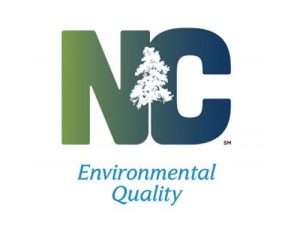 Story Squad met with administrators, educators, and scientists to discuss the power of storytelling to convey environmental messages. We told several “pourquoi” stories (French for “why”) about why things are as they are), and we explored a process for developing nature pourquoi stories quickly and easily using the following process:
Story Squad met with administrators, educators, and scientists to discuss the power of storytelling to convey environmental messages. We told several “pourquoi” stories (French for “why”) about why things are as they are), and we explored a process for developing nature pourquoi stories quickly and easily using the following process:
- Select an object in nature (pine cone, feather, leaf, etc.)
- Look closely at the object to identify its physical qualities (texture, shape, color, size, etc.), then think about the larger object of which this is a part (feather to bird, acorn to oak tree, etc).
- Look for features of the object or larger entity that help you identify it or that are unusual.
- Ask, “why is it this way?” AND “how did it get this way?” or “how did it come to be?” AND “what was it like before?”
- Answer your question(s) with a plausible but not necessarily logical (or scientifically acceptable) answer.
- THEN…..
- Visualize a setting and several characters (your object need not be a character; it can be a result of story actions).
- Try to include some dialog, maybe a sound effect, or a character voice to spice up the narration.
- Use the following prompts to create your story:
- “Once upon a time there was…” (stasis)
- “One day…” (problem)
- “Luckily…” (character resolves problem but changed)
- “And that’s why…” (denouement/moral)
